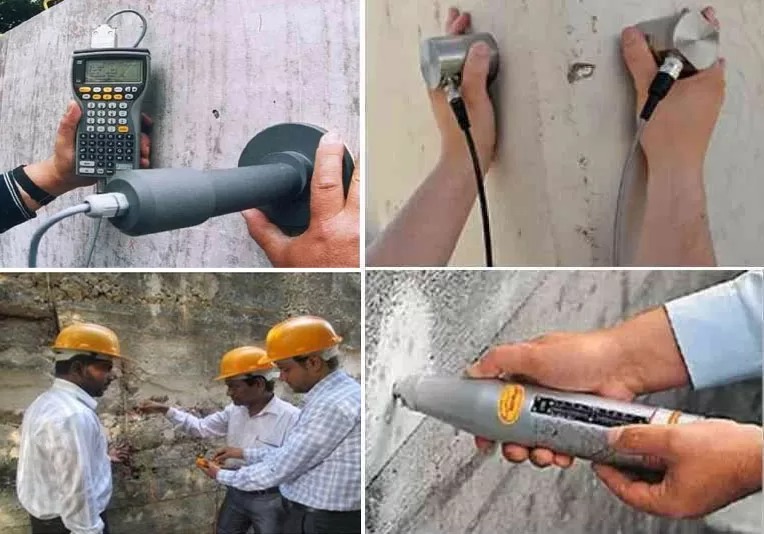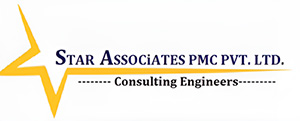Carrying Out Survey
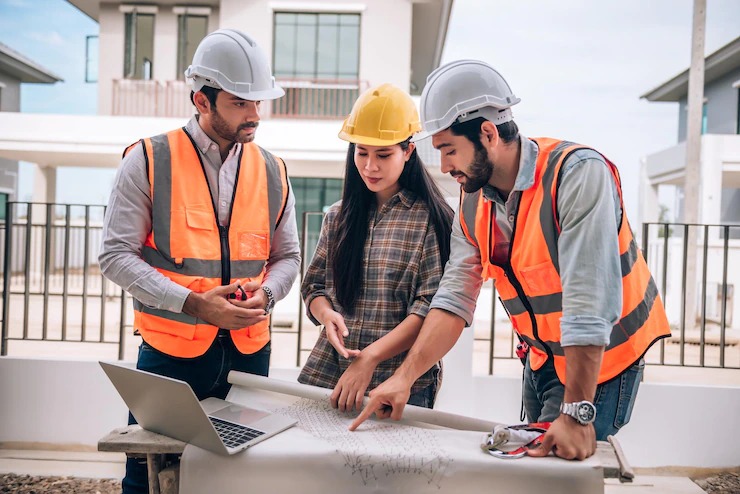
Carrying Out Survey
Our comprehensive building structural audit and survey involve a detailed evaluation using both visual inspections and non-destructive testing (NDT) methods to assess the overall stability and condition of the building structure. The survey is divided into three main components:
i) External Survey
The External Survey involves a thorough visual inspection of all external areas of the building to identify any potential issues or damages. This includes: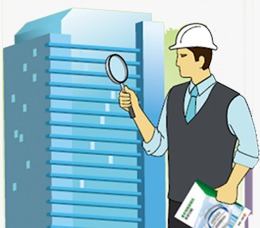
a) Visual Survey: A detailed visual examination of all external premises, including:
— External surfaces
— Terrace area
— Stilt area
— Duct area
— Podium areas
b) Tapping Survey: Using a Spider Jhula (a specialized platform), we perform a tapping survey to detect and assess the quantity of deteriorated plaster. This method helps us accurately pinpoint the extent of damage and allows for precise estimates when preparing building repair costs.
c) Measurements: Taking accurate measurements of the building’s external components to support further analysis.
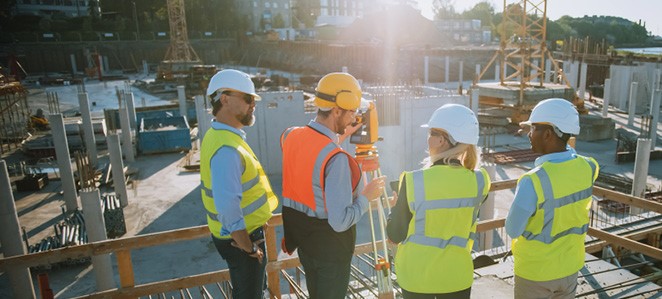
ii) Internal Survey
The Internal Survey focuses on the inspection of all flats and internal areas to identify any structural issues or damages. Key tasks include:
a) Visual Inspection: Thorough visual inspection of all internal areas for structural damage.
b) Tapping: Identifying areas with deteriorated plaster or potential damage.
c) Leakage Detection: Identifying and diagnosing both internal and external leakages. If internal leakages are suspected, we use thermal testing with specialized thermal imaging equipment to detect leaks and locate their exact source.
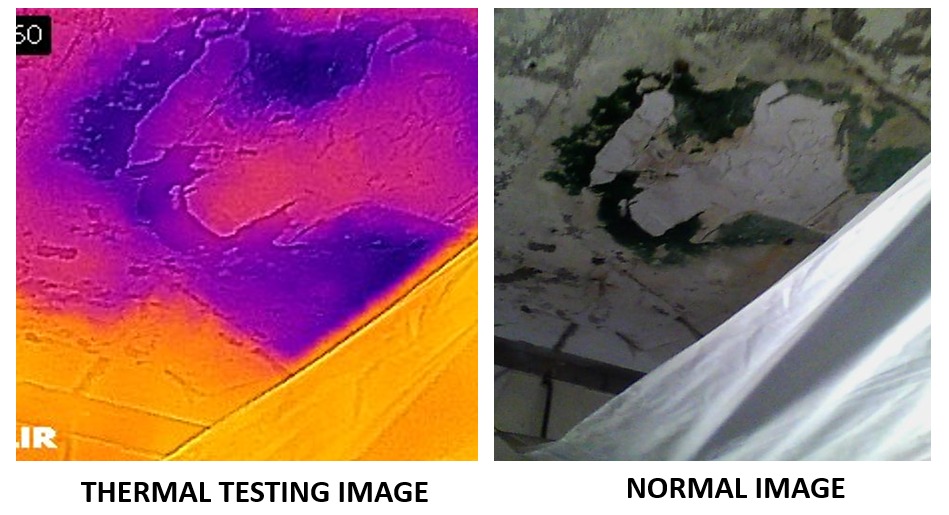
iii) Non-Destructive Testing (NDT)
We employ a range of Non-Destructive Testing (NDT) methods to assess the structural integrity and health of the building without causing any damage. Our NDT tests include:
a) Rebound Hammer Test: This test measures the surface hardness of concrete to assess its compressive strength, helping detect potential weaknesses in the structure.
b) UPVC Test: Used to evaluate the quality and durability of UPVC components in the building, such as windows and pipes, ensuring their proper functioning.
c) Half-Cell Potentiometer Test: A method to assess the likelihood of corrosion in the reinforcement bars within the concrete by measuring potential differences between the reinforcement and a reference electrode.
d) Carbonation Test: This test determines the carbonation depth of concrete, which can lead to corrosion of the reinforcement bars, compromising the structure’s stability.
e) Core Test: We extract core samples from the concrete to assess its strength and quality, providing a more in-depth evaluation of the material’s condition.
f) Chemical Analysis Test: We conduct tests to analyze the chemical composition of concrete and other building materials to detect any harmful reactions or degradation that could affect structural integrity.
This structured approach helps us provide a comprehensive assessment of the building’s current condition, ensuring accurate estimates and effective solutions for maintenance and repairs.
